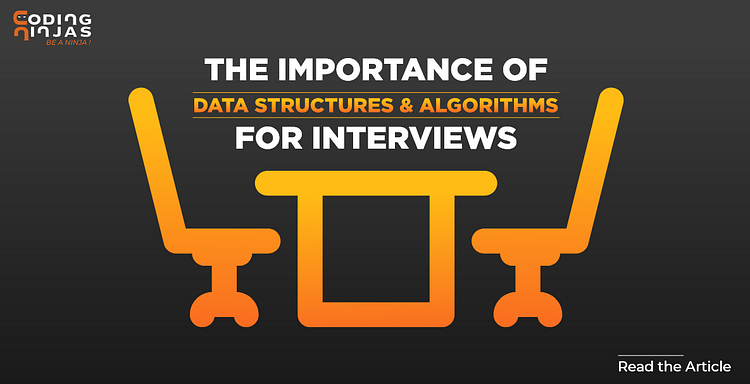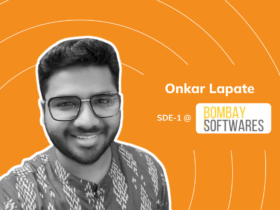
Google is pushing a lot of online job offering portals to work radically, to see if there are expired jobs, and to evaluate the resumes and help candidates with suggesting the right options. As a programmer, you can make sure that your resume looks good by mentioning about Data Structures you are efficient in and all the relevant work experience you’ve had.
But, the pivotal process of selection starts during the interview. It may take up to an hour long of conversation and about three to four rounds. The communication depends upon the job role you have been offered and the perspective of the interviewer to check on the technical and non-technical areas.
No matter what route your programming interview is looking to take, the matter of fact is that you won’t be able to dodge the questions on Data Structure and Algorithms. The concepts that surround DS and Algo are extremely handy for a programmer, and that’s why every tech giant will check your knowledge of the same.
Let’s look at some more reasons why data structure and algorithms are so important for a programmer (and therefore for interviews):
Table of Contents
Solve the problem more efficiently
While developing software, a developer uses data structure and algorithms internally. You can collect and organize the data and perform a specific operation with the help of data structure process. Most programmers try and create their own algorithms to solve the occurring problems, or they can also use the existing algorithms from someone who has already solved the problem. With the use of object-oriented programming principles, the API(Application Programming Interface) hides the implementation of data structures and algorithms. You might have access to the source code for solving an issue, but only a real programmer can understand the application programming interface and fix the problem with the help of a practical understanding of data structures and algorithms.
Use the right tool to solve the problem:
To systematically handle the data, there are a set of techniques provided by the data structures and algorithms. Without the knowledge of core concepts, the programmer might take longer than usual to solve a particular issue. To explain further, if the programmer needs to collect the candidate’s information from Linkedin, they should have proper learning about the data structures and the algorithms. If the programmer does not know the efficient techniques, then they may not be able to write the appropriate code to handle the data.
Data Structure help to run the program more efficiently
The knowledge of data structure and algorithms can be beneficial to test the efficiency of both the freshers’ and the professionals’. Even we get the computer at lower prices with enough memory; if the programmer doesn’t handle the memory with a proper technique, there is a chance that the program might leak memory. The modern programming languages use garbage collection to manage memory. The program will start losing its memory only because of the lack of knowledge of the programmer about data structure and algorithms. Also, many languages might not require an understanding of the techniques and algorithms. But to write valid code, they should know how to handle the data.
Limited candidate evaluation time
Going through the candidate’s resume might help the interviewer know all the languages they are efficient in or about all the projects they have been working with. But it takes about a few hours to select a promising candidate finally. So, the interviewer mostly evaluates the candidate by their knowledge of data structures and algorithms. If the fellow is good with structures and techniques, it becomes effortless for him to learn new languages or the syntax of the updated programming languages.
Evidently, data structures and algorithms will be a large part of any F2F programming interview you sit for. And if just thinking about interviews gives you jitters, come over to Coding Ninjas. We have specially designed interview preparation courses that cover almost everything you can expect in interviews!
To read more about Data Structure and Algorithm, click here.














Leave a Reply